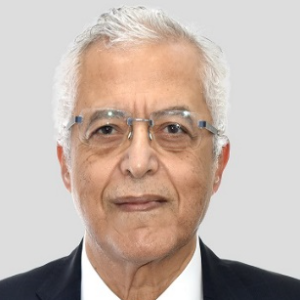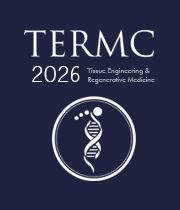Chandelier Cells
Chandelier Cells are a distinctive type of inhibitory interneuron found in the cerebral cortex, particularly in the neocortex of the brain. Named for their characteristic appearance resembling a chandelier with its distinctive branching structure, these cells play a crucial role in regulating neuronal activity and maintaining the balance of excitatory and inhibitory signals in neural circuits. Chandelier cells primarily release the inhibitory neurotransmitter gamma-aminobutyric acid (GABA) at specific sites known as axon initial segments of pyramidal neurons, effectively controlling their firing patterns. Morphologically, chandelier cells exhibit vertically oriented axonal cartridges, each ending in a series of specialized structures resembling a candlestick, which synapse onto the axon initial segments of multiple pyramidal neurons. This unique arrangement allows chandelier cells to exert precise and powerful inhibitory control over a network of excitatory neurons. The intricate connectivity and inhibitory influence of chandelier cells contribute to the regulation of cortical information processing, synaptic plasticity, and the overall function of neuronal circuits. Research on chandelier cells has implications for understanding various neurological disorders, including epilepsy and schizophrenia, where alterations in the balance of excitatory and inhibitory neurotransmission are observed. Studying the properties and functions of chandelier cells enhances our comprehension of the complex dynamics of cortical circuits and may pave the way for novel therapeutic strategies targeting neural network dysregulation. In summary, chandelier cells represent a crucial component of cortical inhibitory circuits, playing a pivotal role in modulating the excitability and activity of neuronal networks in the brain.

Nagy Habib
Imperial College London, United Kingdom
Lucie Bacakova
Institute of Physiology of the Czech Academy of Sciences, Czech Republic



Title : AI-integrated high-throughput tissue-chip for space-based biomanufacturing applications
Kunal Mitra, Florida Tech, United States
Title : Stem cell technologies to integrate biodesign related tissue engineering within the frame of cell based regenerative medicine: towards the preventive therapeutic and rehabilitative resources and benefits
Sergey Suchkov, N.D. Zelinskii Institute for Organic Chemistry of the Russian Academy of Sciences, Russian Federation
Title : In vitro evaluation of lyophilized Dedifferentiated Fat cells (DFAT) impregnated artificial dermis
Kazutaka Soejima, Nihon University, School of Medicine, Japan
Title :
Nagy Habib, Imperial College London, United Kingdom
Title :
Alexander Seifalian, Nanotechnology & Regenerative Medicine Commercialisation Centre, United Kingdom
Title : The regenerative medicine of the future
Marco Polettini, DVM, Italy